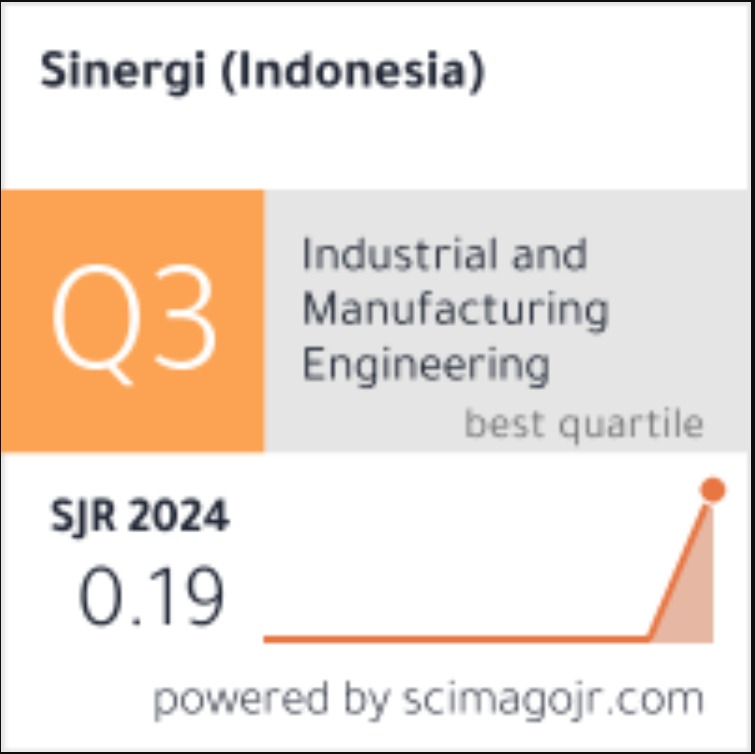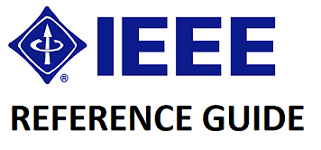Acoustic and visual optimization in the configuration of exhibition space partitioning
Abstract
For museum and other exhibition designers, partitions are a crucial element in showcasing exhibition content. The massive partitions also serve to aid the acoustic performance of the space, by isolating the audio content. allowing visitors to better hear the audio content. On the other hand, designers tend to design pavilion spaces for maximum visual connectivity while considering circulation and space efficiency. This research examines the acoustic performance of three commonly used partition models to determine the relationship between partition openness and their respective acoustic environments. This research uses mixed methods to capture the instrumentalizing and perceptual aspects of humans. The objective method uses a digital raytracing simulation and impulse response tests in a 1:1 scale space model. This method describes the sound wave distribution and acoustic performance of a space in terms of several parameters. Conversely, the intersubjective method involved surveying 60 respondents to understand visitors’ perceptions of focus, distraction, and acoustic comfort within the pavilion space. The study demonstrates that a pavilion design with side partitions around 120 cm wide achieves the most optimum performance compared to designs with 240 cm side height partitions or no partitions. Furthermore, the research highlights the acoustic characteristics of the three fundamental pavilion models. These findings can inform people about the development of more tailored and versatile pavilion designs.
Keywords
Full Text:
PDFDOI: http://dx.doi.org/10.22441/sinergi.2025.2.019
Refbacks
- There are currently no refbacks.
SINERGI
Published by:
Fakultas Teknik Universitas Mercu Buana
Jl. Raya Meruya Selatan, Kembangan, Jakarta 11650
Tlp./Fax: +62215871335
p-ISSN: 1410-2331
e-ISSN: 2460-1217
Journal URL: http://publikasi.mercubuana.ac.id/index.php/sinergi
Journal DOI: 10.22441/sinergi
Journal by SINERGI is licensed under a Creative Commons Attribution-ShareAlike 4.0 International License
The Journal is Indexed and Journal List Title by:















